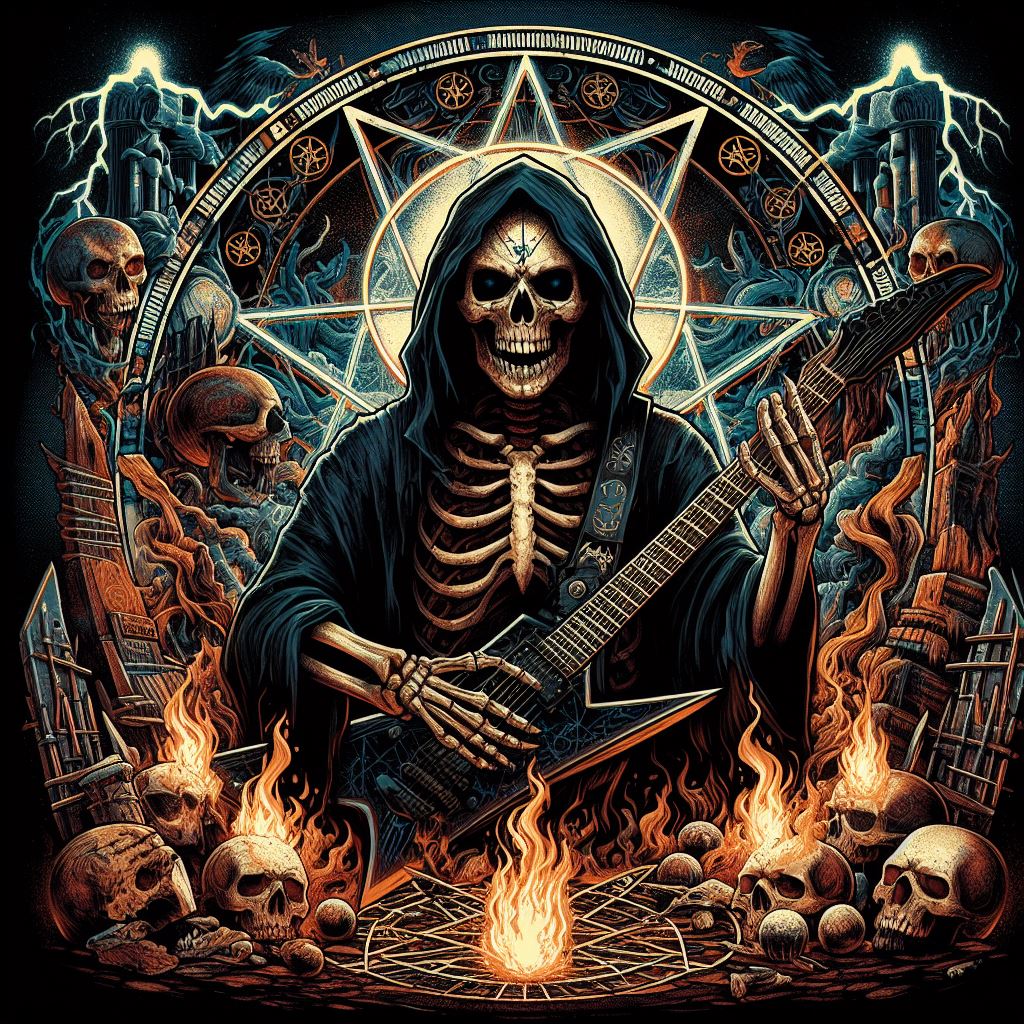Armagh: A Legacy of Brutal Metal
Formed in the late 1980s in the underground metal scene of Stockholm, Sweden, Armagh quickly made a name for themselves with their unique blend of thrash and death metal. The band was founded by guitarist Erik Johansson and drummer Anders Larsson, who were later joined by vocalist Magnus Söderberg and bassist Peter Andersson. With their raw and aggressive sound, Armagh set out to create music that was uncompromising and unapologetically heavy.
Armagh’s early years were marked by a relentless dedication to their craft. The band spent countless hours practicing and honing their sound, playing shows in small clubs and underground venues across Sweden. Their hard work paid off when they caught the attention of a local record label, which signed them to a recording contract in 1991.
In 1992, Armagh released their debut album, “Rise of the Fallen,” to critical acclaim. The album showcased the band’s technical prowess and intense energy, drawing comparisons to established metal acts like Slayer and Sepultura. Tracks like “Bloodlust” and “Doomsday” became instant fan favorites, solidifying Armagh’s reputation as one of the most promising bands in the Swedish metal scene.
As Armagh continued to tour and build their fan base, tragedy struck in 1994 when founding member Anders Larsson was killed in a car accident. The band was devastated by the loss of their friend and drummer, but they chose to soldier on in his memory. After a period of mourning and reflection, Armagh recruited a new drummer, Johan Svensson, and resumed their relentless touring schedule.
In 1996, Armagh released their sophomore album, “Dark Horizon,” which showcased a more mature and refined sound. The album was a critical and commercial success, earning the band a loyal following in Europe and beyond. Tracks like “Eternal Darkness” and “Soul Crusher” demonstrated Armagh’s growth as songwriters and musicians, solidifying their status as one of the premier bands in the death metal genre.
Throughout the late 1990s and early 2000s, Armagh continued to push boundaries and challenge conventions with their music. The band’s live shows became legendary for their intensity and ferocity, drawing fans from all corners of the metal world. Armagh’s third album, “Carnage Unleashed,” released in 2003, further solidified their place in the pantheon of metal greats, with tracks like “Apocalyptic Wrath” and “Hellfire Reign” becoming instant classics.
Despite their success, Armagh faced internal struggles and lineup changes in the mid-2000s. The band went through several lineup changes, with founding member Magnus Söderberg departing in 2007. Despite these challenges, Armagh persevered and released their fourth album, “Forged in Fire,” in 2009. The album was a return to form for the band, with tracks like “Raging Storm” and “Slaughterhouse Symphony” showcasing Armagh’s trademark blend of aggression and melody.
Today, Armagh continues to be a force to be reckoned with in the metal world. With a legacy spanning over three decades, the band remains true to their roots, delivering uncompromising and brutal music that resonates with fans old and new. Armagh’s impact on the metal scene is undeniable, and their legacy as pioneers of the Swedish death metal sound will endure for generations to come.
